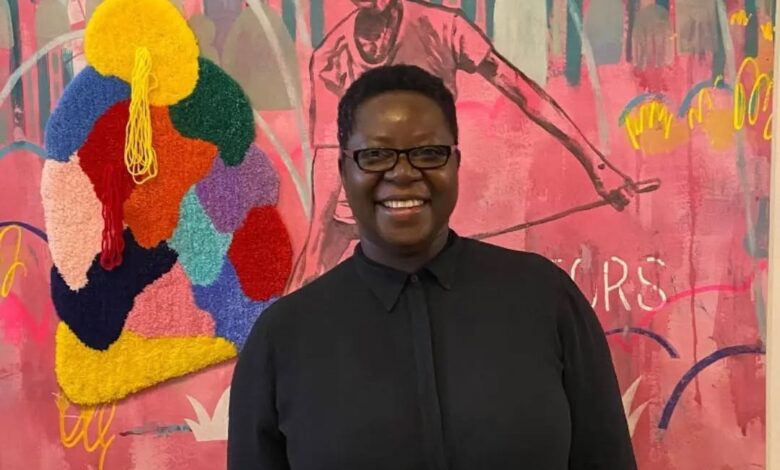‘This is Our World’ Exhibition in Harare Celebrated the Intimate Power of Small-Scale Artworks

In January, the National Gallery of Zimbabwe (NGZ) in Harare hosted a thought-provoking exhibition titled This is Our World, a unique showcase that invited viewers into a world where the tiniest of details told the most powerful stories. The exhibition stood out not for its grandiosity, but for its intimacy—placing the spotlight on miniature artworks that beckoned the audience to come closer and engage at a personal level.
Curated by Fadzai Muchemwa, the NGZ’s curator for contemporary art, alongside assistant curator Zvikomborero Mandangu, the exhibition featured a wide selection of small-format pieces from celebrated Zimbabwean artists, including Ishmael Marimirofa, Johnson Zuze, Lin Barrie, Michael Hela, Ann Guild, Hugh Mbaiwa, Lydia Chakuposhiwa, and many others. Each artist brought their own interpretation of scale, intimacy, and visual storytelling, encouraging a renewed way of looking at and interacting with art.
The show resonated with the philosophy once championed by the late Nigerian curator Olabisi Silva, who introduced The Gallery of Small Things (GoST), a pop-up exhibition model that focused on the power of miniature art to generate intimacy. At its core, GoST aimed to push viewers to draw physically nearer to artworks, fostering a deeper, more focused interaction that large-scale spectacles often obscure.
In This is Our World, this approach was evident in the way viewers engaged with the work—not from a respectful distance, but up close, inspecting the brush strokes, textures, and fine details. The exhibition cleverly flipped the traditional dynamic between observer and object. Here, the smaller scale of the work did not diminish its impact. On the contrary, it sharpened attention and evoked an emotional closeness with the subjects.
Among the exhibiting artists, Ishmael Marimirofa emerged as a standout for his dedication to small-scale, three-dimensional work. His wire sculpture Njuga dzadya mugwandi depicted a man bowed under the weight of personal loss, evoking quiet empathy from those who leaned in to study the intricacies of his posture and the folds of the blanket over his shoulders. The physical act of drawing close to the sculpture mirrored the emotional proximity demanded by the subject.
Elsewhere, artists used scale in more subversive ways. Charlene Sanzira’s sensual triptych Giving In suggested that miniaturization could be a strategy for addressing themes of eroticism while evading censorship. Johnson Mugabe’s postage stamp-sized portraits of liberation icons Nehanda and Kaguvi emphasized how historical gravitas can still be conveyed through small imagery. Similarly, Zuze’s insect sculptures felt larger than life, not because of size, but due to their meticulous attention to anatomical detail.
The show offered a kaleidoscope of artistic approaches. Drashti Naik and Ann Guild’s abstract pieces demanded intense concentration, while Percy Manyonga’s thread-based Mhepo teased the possibility of future expansion into larger formats. Yet, it was precisely their current small size that forced viewers to meditate on the spiritual essence of the work.
The diversity of themes—ranging from political commentary to daily life, spirituality to sensuality—was all bound together by one unifying feature: scale. But this was not about smallness as limitation. As Lin Barrie’s Of the land and water triptych revealed, shrinking down a composition can heighten its sensory impact. Her brushstrokes, color palettes, and emotional undertones came alive with immediacy when viewed up close.
By drawing viewers into a space of contemplation and stillness, This is Our World challenged the way people look at art. It rejected the spectacle-driven norm in favor of an experience rooted in quiet observation, patience, and connection. The audience wasn’t just seeing—they were witnessing, with all the attentiveness that intimacy demands.
This exhibition proved that in a world often obsessed with scale and spectacle, going small can offer profound revelations. Through careful curation and a celebration of detail, This is Our World didn’t just showcase artworks—it reshaped the viewer’s perspective, one miniature masterpiece at a time.




